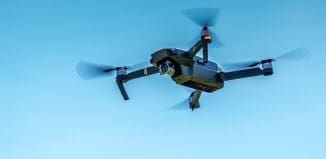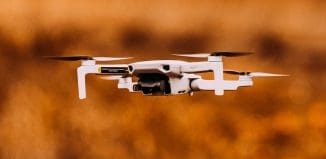Unmanned air systems boom in the U.S – Israel may benefit
This post is also available in:  עברית (Hebrew)
עברית (Hebrew)

Growing demand for unmanned air systems (UAS) for homeland security in the world and particularly in the U.S is bringing this industry to new records. Israeli companies are making efforts to benefit from the growing demand.
A new study on the economic impact of the expected explosion in the US drone market in the United States concluded that the unmanned aircraft systems (UAS) industry could create more than 70,000 new jobs with an economic effect of more than $13 billion in the first three years after the integration of UAS into the US national airspace system (NAS). This integration is expected to take place in 2015.
And this benefit will grow through 2025 when more than 100,000 jobs possibly could be created, with an economic impact of $82 billion, according to the study.
According to HLS TODAY, In an effort to “identify possible applications for first responders, including search-and-rescue scenarios, response to radiological and chemical incidents and fire response and mapping,” the Department of Homeland Security’s (DHS) Science and Technology Directorate’s (S&T) Borders and Maritime Security Division has launched a Robotic Aircraft for Public Safety (RAPS) testing program to evaluate numerous Small Unmanned Aircraft Systems (SUA) and sensor systems.
According to the Test Plan, “Small Unmanned Aircraft Systems may soon become valuable tools for first and emergency responders and for those responsible for US border security.” The plan emphasized that “SUAS can provide tactical, rapid-response capabilities and much better situational awareness before field officers and agents respond to and engage in potentially dangerous operations.”
The test plan explained that “Within the United States, almost 50,000 police and fire departments exist but only about 300 (less than 1 percent) have aviation departments, owing primarily to the significant cost of acquiring, operating and maintaining manned fixed-wing and rotary-wing platforms. The estimated cost per flight hour for these assets is 300 times more expensive than commercially available SUAS which can be operated at costs lower than those of a typical police cruiser. But for state, county or city entities to become potential users of SUAS, their adoption must be justifiable and affordable.”




























